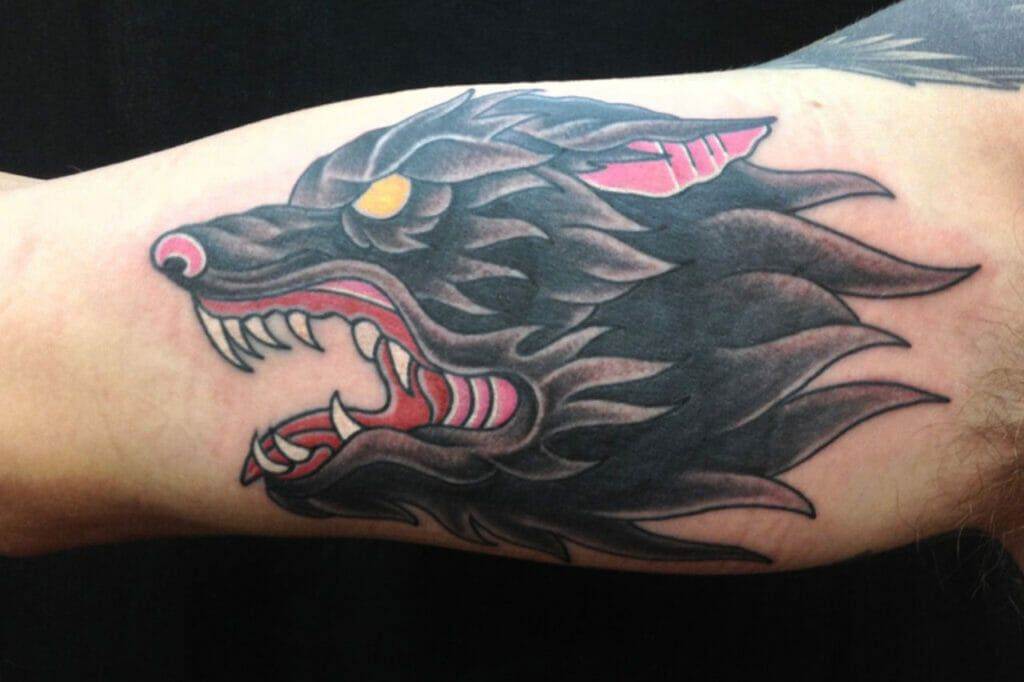Welcome to Funhouse Tattoo Studio
Located In The Heart of Beautiful Pacific Beach!
THE BEST TATTOO SHOP IN SAN DIEGO
Where Ink Meets Imagination in Pacific Beach!
Funhouse Tattoo & Piercing is one of the best tattoo and piercing studios in San Diego, CA. We are a group of artists experienced with all styles and types of tattoo art. We bring a unique approach that ensures the fullest satisfaction from our customers.
Consultation & Deposit
Get ready for your tattoo at Funhouse Tattoo San Diego with our free consultation and make a deposit to get started!
Your artwork brought to life
At Funhouse Tattoo, our skilled artists bring your dream tattoo to life, creating a lasting work of art on your body.
our Awards
Art BEYOND EXPECTATION
Funhouse Tattoo, located in the vibrant neighborhood of Pacific Beach in San Diego, has consistently received numerous prestigious awards as the city’s top tattoo shop year after year.

who we are
WHY CHOOSE OUR Tattoo Studio?
Whether you are looking specifically for a Polynesian tattoo artist, Aztec tattoo artist, Japanese tattoo artist, or traditional tattooing, we provide the highest quality body modification in a fully sterile setting. We specialise in custom ink tattoo work by award winning artists who specialize in all types of art including old school tattoos, Polynesian tribal tattooing, Graffiti, Fine-line, New School, Black & Gray, Mexican-Aztec, Realism, and Portrait tattoos.
We offer custom tattoos that are tailor made to match the vision of our customers. Our goal is to provide state of the art tattoos and body modifications to facilitate the personal expression and individual creativity of each of our clients.
OUR QUALITY AND WORK

Best Artists
Providing high-caliber tattoos in San Diego for over 25 years, Our All-Star lineup of talented artists, with their expertise and creativity, we ensure exceptional tattoo experiences for our valued clients.

Timeless styles
Where Traditional, Neo-Traditional, Polynesian, Watercolor, Geometric, New School and Japanese styles converge to create timeless masterpieces on your skin.

Amazing service
A world-class beginning to end tattoo experience. Whether you need assistance in designing the perfect tattoo or already have one in mind, we are here to help you achieve your vision.
our Artists
Where Art Meets Skin
The Artists at Funhouse Tattoo San Diego are renowned for their exceptional talent and creativity. Each artist brings their unique style and expertise, ensuring that every tattoo created at Funhouse is a work of art.
PEople Love US!
GUEST ARTISTS
Come Visit Our Studio and Get Tattooed by One of Our Talented Guest Artists!
Experience the thrill of getting tattooed by a guest artist at Funhouse Tattoo, where their unique styles and fresh perspectives will bring your vision to life like never before.
The Difference
What makes our artists The Best?
Our Artists are Exceptional.
At Funhouse Tattoo San Diego, we take great pride in our team of exceptional artists who bring their unique styles and expertise to every tattoo they create. Here’s what sets our artists apart:
- Unparalleled Creativity: Our artists are true visionaries, pushing the boundaries of tattoo artistry with their innovative and original designs. They constantly strive to create unique and personalized tattoos that reflect the individuality and personality of each client. From intricate details to bold and vibrant colors, our artists will bring your vision to life in the most creative and captivating way possible.
- Extensive Experience: With years of experience in the industry, our artists have honed their skills and mastered various tattooing techniques. Whether you’re looking for a traditional, realistic, or abstract design, our artists have the expertise to execute it flawlessly. Their extensive knowledge of different styles and their ability to adapt to any request ensure that you’ll receive a tattoo that exceeds your expectations.
- Commitment to Excellence: Our artists are dedicated to delivering nothing short of excellence in every tattoo they create. They pay meticulous attention to detail, ensuring that every line, shading, and color is executed with precision and perfection. Their commitment to quality craftsmanship is evident in the stunning and long-lasting tattoos they produce. Rest assured that when you choose one of our artists, you’re choosing the best in the industry.
Visit Funhouse Tattoo San Diego today and experience the exceptional talent and creativity of our artists firsthand. Let them transform your vision into a masterpiece that you’ll proudly wear for a lifetime.

















